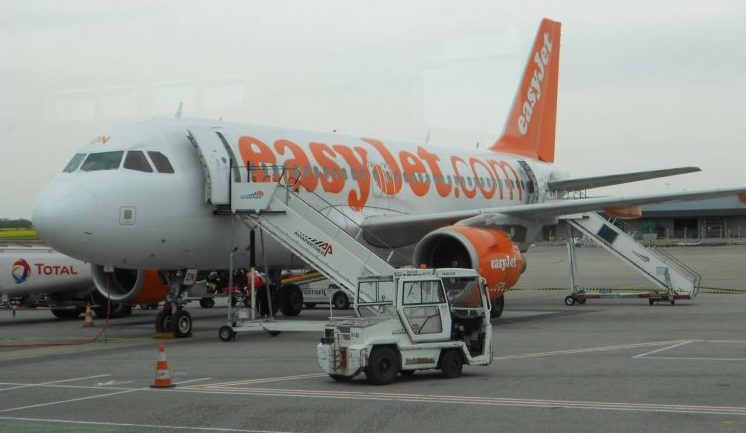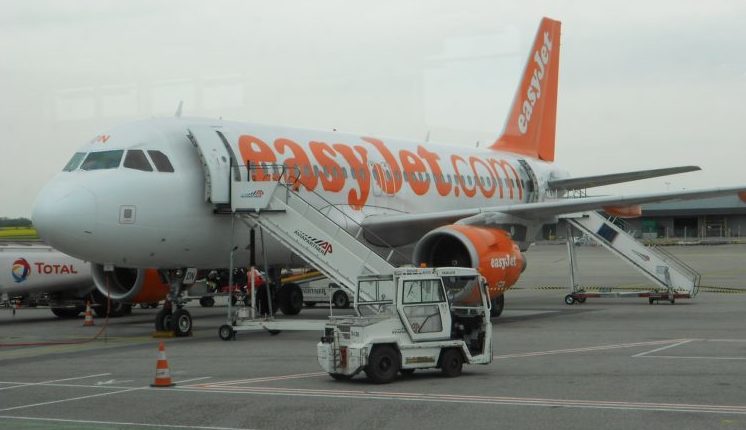As it faces losses approaching £1bn amid the COVID-19 crisis, easyJet has raised a further £130.7m from the sale and leaseback of aircraft.

Low cost airline easyJet has raised a further £130.7m from the sale and leaseback of aircraft as it continues to face plunging revenues amid the COVID-19 crisis.
In Late October the biggest carrier at Liverpool John Lennon Airport, announced two separate sale and leaseback deals for nine Airbus aircraft, raising £305.7m. Easyjet is facing full-year losses approaching £1bn as passenger numbers plummet.
The latest deals, easyJet has sold 10 A320 family aircraft to ACS Aero 2 Beta for £96m and the plane will be leased back for an average term of 58 months, creating lease obligations of approximately £66.8m. The net book value of the aircraft at the date of transaction was approximately £117.9m.
It has also sold one A320 family aircraft to JLPS Holding Ireland for £34.7m. Over the terms of the 11 leases the average incremental net annual headline cost reflected in easyJet’s income statement will be approximately £6.4m, which is driven by increases in interest charges and depreciation.
On completion of these further sale and leaseback transactions, easyJet now retains 141 fully owned and unencumbered aircraft, representing approximately 41% of the fleet.
In a statement it said: “easyJet will continue to review its liquidity position on a regular basis and will continue to assess further funding options, including those that exist in the robust sale and leaseback market.:
Due to the new month-long lockdown in the UK, as well as similar announcements in Germany and France, easyJet now expects to fly no more than 20% of planned capacity for the first quarter of its financial year.
It added: “We remain focused on cash generative flying over the winter season in order to minimise losses during the first half and retain the flexibility to ramp capacity back up quickly when we see demand return.”

